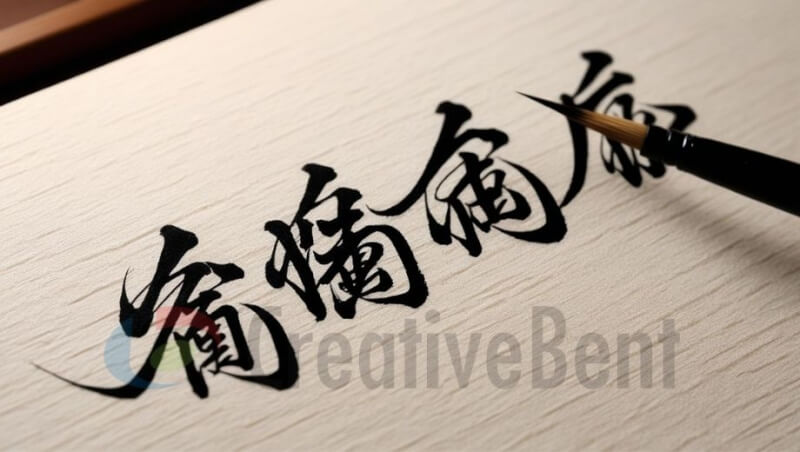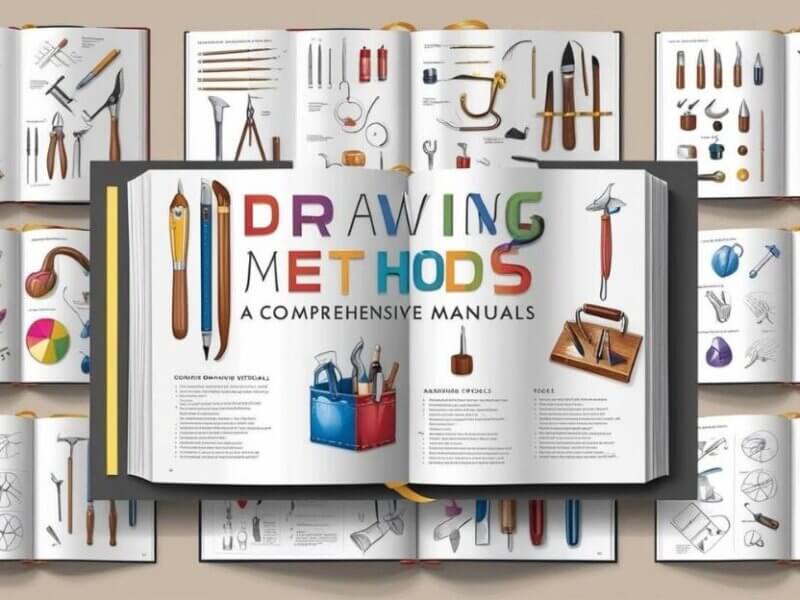
The age-old technique of calligraphy is a testimony to the everlasting beauty of handwritten text in a world where digital communication is gaining over. Greek for “beautiful” and “writing,” calligraphy is a visual art form in which letters are formed with accuracy, harmony, and nearly meditative care. It extends beyond simple penmanship. This thorough examination of calligraphy emphasizes the art form’s ethnic diversity, historical relevance, and present resurgence.
Cultural Significance and Historical Foundations
From the elaborate manuscripts of mediaeval Europe to the brushstrokes of East Asia, calligraphy has its roots in ancient civilizations all across the world. Every culture has its own distinct literary style, which is influenced by the tools, languages, and resources accessible to it, as well as the specific demands of official, academic, and religious literature. These customs represent more than just a writing style; they also reflect the aesthetic, philosophical, and spiritual ideals of the societies in which they are practiced.
Instruments of the Trade
Traditional calligraphy uses unique implements such as pens, brushes, ink, paper, and parchment. The tools used and their application can have a significant impact on the style and appearance of calligraphy work. In calligraphy, brushes create a smooth and vivid stroke, especially in East Asian calligraphy, whereas in Western calligraphy, a pointed pen allows for exact control over both thick and fine lines. Contemporary calligraphers experiment with various tools, including digital ones, to broaden their artistic scope.
Scripts and Styles
There are numerous various calligraphic styles and scripts, each with its own set of standards and aesthetics. From the fluid lines of Arabic calligraphy—which is highly appreciated in Islamic culture and frequently incorporates religious texts—to the crisp, sophisticated scripts of Western calligraphy—which are employed in official invitations and certificates. The variety of calligraphy demonstrates its versatility and the possibilities for individual expression it affords its practitioners.
Modern Calligraphy
Today, calligraphy is becoming more and more popular among enthusiasts and artists alike, who are drawn to the tactile joy of writing by hand and the expressive possibilities it offers. Through workshops, online guides, and social media, calligraphy has become more widely available, attracting a global following of admirers. Modern calligraphers push the envelope by combining contemporary components and techniques with traditional approaches, guaranteeing the art form’s continued relevance in the twenty-first century.
Calligraphy as a Thoughtful Exercise
Calligraphy is gaining popularity among both fans and artists, who are drawn to the tactile pleasure of handwriting and the expressive possibilities it offers. Workshops, internet tutorials, and social media have all contributed to the global appeal of calligraphy. Modern calligraphers push the boundaries by blending current components and techniques with classic approaches, ensuring that the art form remains relevant in the twenty-first century.
Calligraphy is a physical connection to the rich tapestry of human communication and culture, serving as a link between the past and present. It celebrates the individuality of handwritten phrases while also serving as a reminder of the strength and beauty that come from self-expression. Calligraphy is an ancient craft that honours tradition through beautiful writing, and as we embrace new tools, it will thrive in the modern world.




